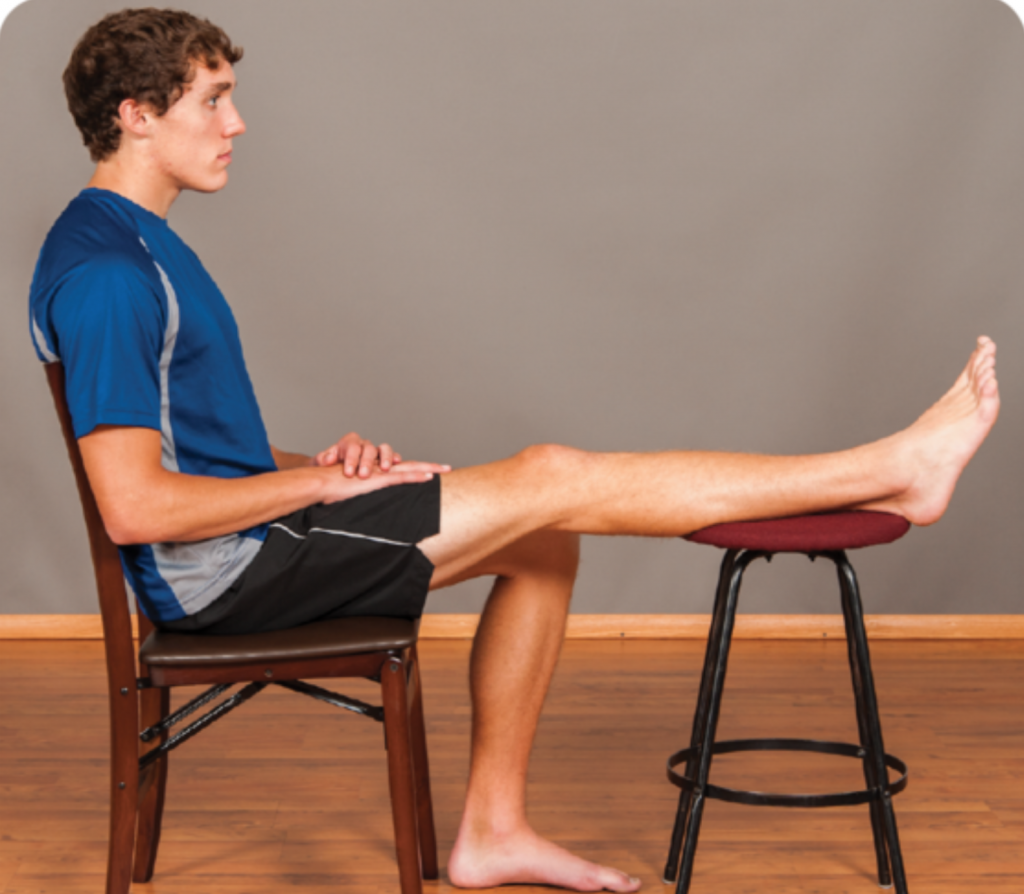What is knee replacement surgery
Knee replacement surgery can be split into two main categories: Hemi-arthoplasty, or full knee replacement
Hemi-Arthoplasty (Partial Knee Replacement)
The first, is a hemi-arthroplasty, a partial knee replacement, or a half-knee replacement – which all have the same meaning. This partial knee replacement involves surgically placing artificial implants on the inside or outside edge of the knee (more commonly on the inside/ medial edge), on both surfaces of the upper leg (the femur) and lower leg (the tibia). This is normally carried out for those between the ages of 55 and 64, where there is an expectation that the full replacement will take place within a 10 year window. Depending upon the reason for the partial knee replacement, the recovery period tends to be quicker. It should be noted that in the last few years, an increasing number of partial knee replacements are now being completed with the assistance of robots. The benefits of using robots in surgery consist of; reduced post-surgery pain, less blood loss, fewer and smaller scars, increased precision for more accurate joint replacements, and ultimately a quicker recovery period.
Full Knee Replacement (Total Knee Replacement)
The second, is a complete, full or total knee replacement. This surgical operation involves replacing the damaged, degenerated/ worn out or diseased knee with an artificial joint at both the upper leg (femur) and the lower leg (the tibia). This is a lot more invasive and pain is generally higher following a total knee replacement compared to a partial knee replacement. The recovery period also tends to be longer, but outcomes are often good and many return to usual activities within 16 weeks.
Are knee replacement surgeries common?
In short, yes. In the US they are performed around 800,000 times a year, and in the UK, just over 100,000 are performed annually. Both of these numbers are reported to be rising each year.
Adults of any age can be considered for a total knee replacement, although most are carried out on people between the ages of 60 and 80.
There are 3 main reasons why knee replacements are becoming more and more common. These are namely;
- The ageing population – both the US and the UKs life expectancies have increased. In the 1950s the average life expectancy in the UK was 65 years old, and in 2022, this is now 81 years old. In the US, in the 1950s one could expect to live to the tender age of 68, and in the present day, this is now 79.
- Surgical advancements with generally good outcomes – with the advancing technology of both surgical equipment and assistance of robots, the outcomes of knee replacement surgery are improving each year, and therefore more people are inclined to opt for this route.
- Trauma – there are an increasing number of road traffic accidents, and high level sport injuries giving a consequential rise in the number of replacements completed.
Who should consider knee replacement surgery?
Knee replacements are completed for those who have damaged, worn, or diseased knee joints. This can be caused by rheumatoid arthritis, osteoarthritis, trauma from road traffic accidents, sports and accidents, as well as conditions from birth, such as bow-legged conditions, or cerebral palsy which can both affect the distribution of forces distributed on the knee.
Ultimately, one should wait as long as possible before proceeding with knee replacement surgery, but it is the pain or loss of function which often make the decision for the surgery.
However, one complication to be aware of when holding off knee replacements is ‘subchrondral geodes’. These small cysts are most commonly caused by osteoarthritis which by breaking down the cartilage then causes friction, and it is this friction which then causes small fluid-filled sacs within the bone.
What is normal range of motion after knee replacement surgery?
Normal knee range of motion post-knee replacement is between 125-130 degrees of flexion and 0-5 degrees of extension. To complete most functional activities you need 120-0 degrees range of motion at the knee. For walking you only need 0-65 degrees of range.
What is full range of motion for the knee?
It is reported in many medical journals and articles that full range of motion in the knee is 135 degrees of flexion and 0 degrees of extension. Many of my patients, and even myself attain 140-145 degrees, but this will very much depend on how much muscle and tissue limit the flexion (you can call me chicken legs!).
What are the early signs of good and effective recovery from a knee replacement?
From a Physiotherapy perspective there are 5 key signs of a strong outcome after a knee replacement.
- No signs of infection: i.e. no excessive warmth, redness, swelling, pain or fever.
- Key range of motion milestones hit in a timely fashion – normally within 4-6 weeks. 120+ degrees of flexion, and 0 degrees of extension.
- 20-30 minutes walking at 6 weeks post op. This is a general guide, and we would always encourage you to be led by your symptoms and Physiotherapist.
- Incremental reduction in walking aids from frame to crutches to sticks to no mobility aid at all, by 4 weeks.
- Reduction in pain levels to 0-2 at 6 weeks. This can naturally differ for everybody
To conclude
Good range of motion following a knee replacement surgery is more than 125 degrees of flexion and achieving 0 degrees of extension, or in other words, a straight knee. Anything less than these ranges and you may find you struggle. We would highly encourage you to check out our other blog articles on knee replacements, for example on how to measure knee range of motion.
Knee replacements are incredibly well suited for Online Physiotherapy. If you are struggling to travel to your appointments, or don’t have timely or frequent appointments, grab a free Physio consultation with Tim to find out how to get the best recovery for your knee replacement.
KneeRange of Motion

Leave a Reply